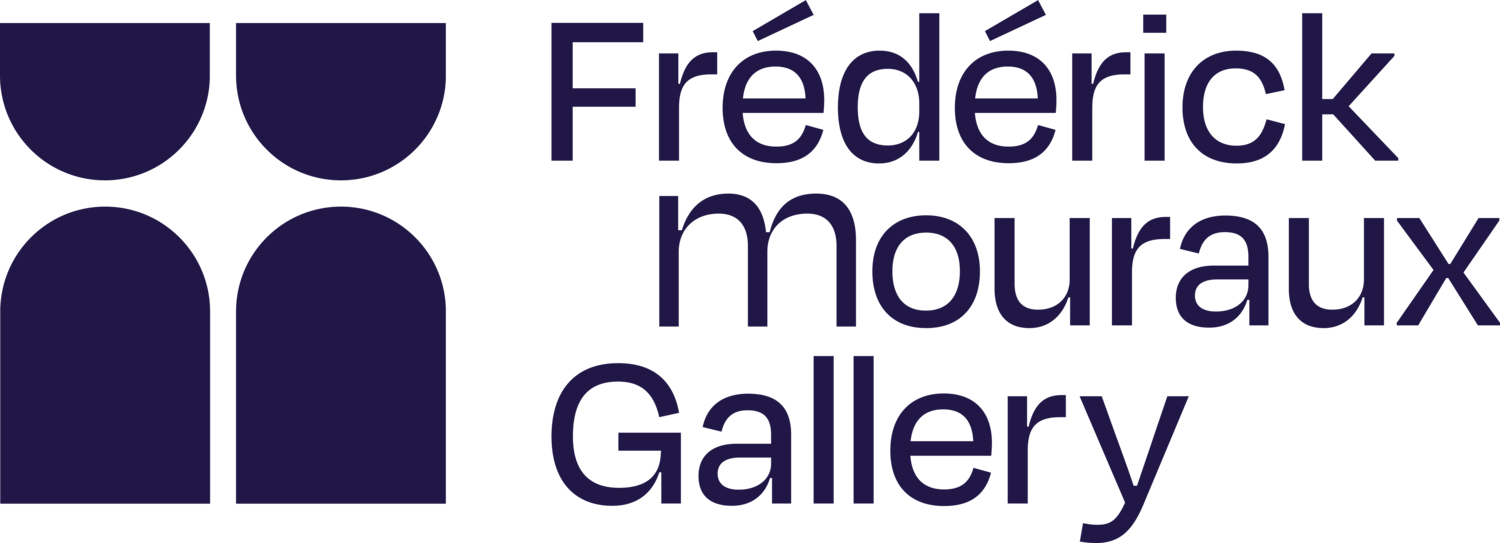IKAL Independant Art - 1 May 2021
“The Cemetery of Love”
Carmen Mariscal’s first solo exhibition in Brussels
We are starting May with a renovated spirit wishing for a new commencement that will bring us all back together again. During this month, motherhood is celebrated worldwide and we could not think of a better occasion to present the work of Carmen Mariscal -one of Mexico’s leading contemporary artists- who works around the themes of memory, fragility and confinement.
In her exhibition “The Cemetery of Love”, Mariscal questions the historical significance of objects and symbols of our daily lives. After the great success of her first solo exhibition at Frederick Moureaux’s Gallery in Brussels, Carmen Mariscal's work was later presented by Belgium's iconic fashion designer Edouard Vermeulen at Maison Natan.
In a unique collaboration between haute couture and contemporary art, Mariscal presented a shiny wedding dress that from afar attracts our attention giving the impression of being made out of a delicate and fine lace. Nevertheless, coming closer towards it, the brightness of more than a thousand steel handcuffs fade away our initial perception. The handcuffs become an aggressive tool of restraint where freedom is taken away. Carmen's point of departure for creating this installation is the Spanish double meaning of the word “esposa” that, on the one hand means “wife” and, on the other, “handcuff”. She photographed twenty women “wearing” a wedding dress in a shape reminiscent of the 19th century crinolines: real shackles for the body trapped in steel hoops. Her aim is to give voice to the women who suffer living behind closed doors.
February 2021 © FMG
The exhibition also featured her installation “Chez Nous” where she explores the theme of our home as a space of meaning questioning the nature of romantic relationships. Last year, “Chez Nous” was on view at the Place du Palais Royal in Paris, inviting passers-by to reflect on the essence of love and the symbol that lovers had chosen to represent it: namely, a padlock. Those recovered padlocks and grids from the Parisian bridge, the Pont de l’Árcheveche. The padlocks were left on bridges by couples who were symbolically locking their love. Historic bridges in Paris began to deteriorate under the weight of the padlocks and became dangerous to the passers-by, so the Mairie de Paris removed them in 2015. Mariscal documented their removal and decided to create a project using the recovered padlocks to build a sculpture in the form of a house. She questions the very logic of using padlocks to symbolize love. While they represent security, they are also symbols of confinement and stagnation.
“Calladita te ves más bonita”
Last but not least, we love Carmen’s body of work from her past exhibition “Calladita te ves más bonita” (which would translate as “sit still and be pretty” or “be pretty and shut up”) curated by Marcela Correa at the New Orleans Mexican Cultural Institute. “Calladita te ves más bonita” is a phrase that is familiar to many of us growing up in Mexico which unconsciously prevented us from raising our voice when we did not agree with controversial topics or with what is considered as unacceptable by society. Although great progress has been made in recognizing women's rights, this phrase still resonates in today's society where misogyny is present in many of our daily interactions.
For this exhibition, Mariscal asked eight women coming from different cultures to put their favorite lipstick on and create lip impressions on a white sheet of paper. Later she stitched their mouth imprints with a black thread to “close them”. The thread constrains their mouth opening up in the same way that society has been silencing women's voices, opinions and feelings across cultures. The exhibition included a sound installation where these women expressed what they could not talk about in the past. It resulted in a cacophony where the different voices silence each other.







